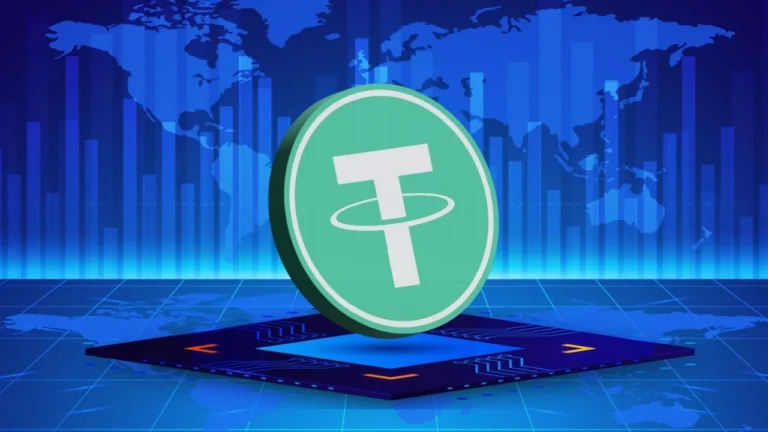Hook: EU’s MiCA regulation is here, and it’s shaking up the crypto world, especially for stablecoins like USDT. Is the future of digital assets in the EU on the line?
The EU has officially rolled out the Markets in Crypto-Assets (MiCA) regulation, which marks a huge change in how cryptocurrencies will be monitored and controlled across Europe. But as with any major shift, there’s a lot of uncertainty. One of the big questions: How will this affect Tether’s USDT, the world’s largest stablecoin?
Here’s the deal: MiCA is aiming to bring stability to the market, but it’s also creating big challenges for crypto firms, especially in how they handle their reserves and liquidity. Stablecoins like USDT are facing pressure to meet these new, tough standards. However, Tether hasn’t yet been cleared for compliance, and this is raising serious doubts about whether USDT can continue to operate smoothly in the EU.
Key Takeaways:
- MiCA requires stablecoin issuers to hold a certain percentage of their reserves in low-risk banks within the EU. For smaller stablecoins, it’s 30%, but for giants like Tether, it’s a whopping 60%.
- This puts huge financial pressure on companies like Tether. With its global reach and massive size, it might not be easy for Tether to meet these demands without disturbing its entire ecosystem.
- While Tether’s vast cash reserves might help cushion the blow if it exits the EU, the regulation could push smaller companies out of the market due to high compliance costs.
Why does this matter?
- MiCA’s Impact on USDT: If Tether can’t comply with MiCA, it may be forced to exit the EU. That could lead to a decrease in USDT’s market cap, as we’ve already seen a drop in the last couple of weeks. But don’t expect Tether to collapse just yet – its huge reserves and high-profit margins give it a buffer.
- The Bigger Picture for the EU Crypto Market: MiCA’s strict rules could drive both smaller and larger crypto firms out of the EU. This could result in a more concentrated market, with fewer players, and potentially higher costs for companies trying to stay compliant. However, those companies might seek refuge in nearby countries like the UK or Switzerland, where the regulatory environment might be more lenient.
- The Taxing Reality: On top of MiCA, individual EU countries, like Italy, are ramping up taxes on cryptocurrencies. Italy is raising its capital gains tax from 26% to 42%, which will make it more expensive for crypto investors. This signals that cryptocurrencies are no longer a niche market but are being treated as part of the mainstream financial system.
Steps to Take:
- Stay Informed: Keep an eye on how MiCA impacts USDT and the broader crypto market. This is an evolving situation, and the future of stablecoins in Europe is still uncertain.
- Diversify: If you’re into crypto investments, consider diversifying your portfolio. Regulatory changes can have significant impacts on different tokens.
- Watch EU’s Tax Trends: As crypto is taxed more heavily, it might affect the profitability of certain assets, so be aware of changes in tax policies.
The Big Question: Will MiCA ultimately stabilize the crypto market, or will it force companies like Tether to rethink their strategies? Stay tuned, as this regulation could shape the future of crypto in Europe for years to come.



